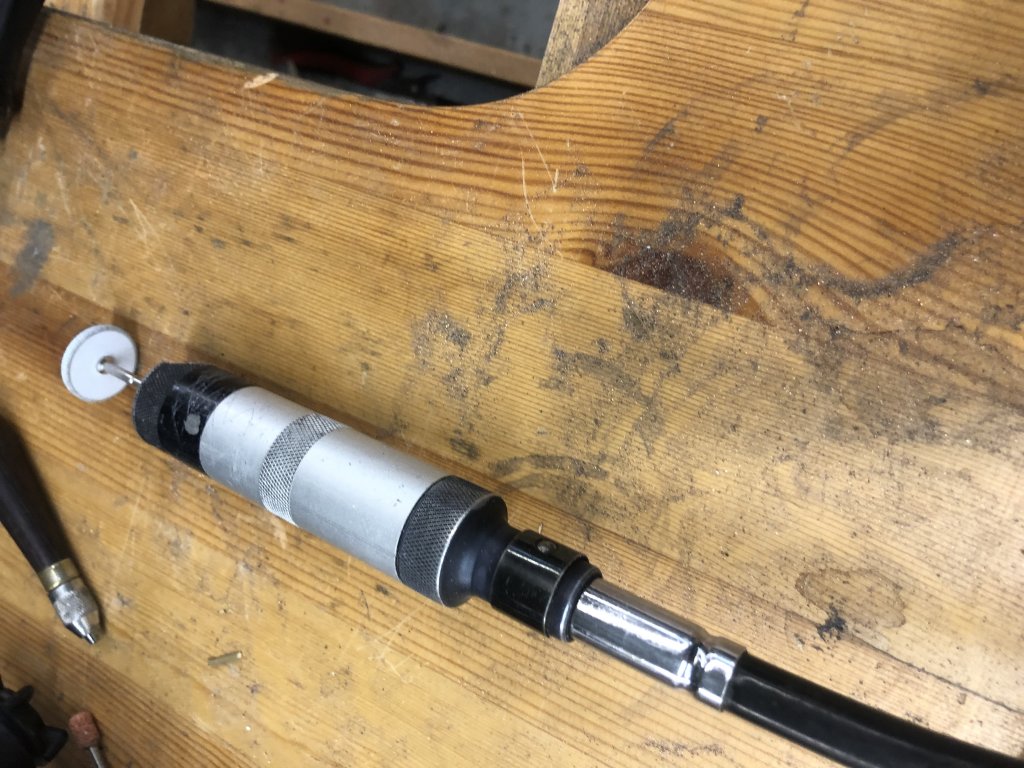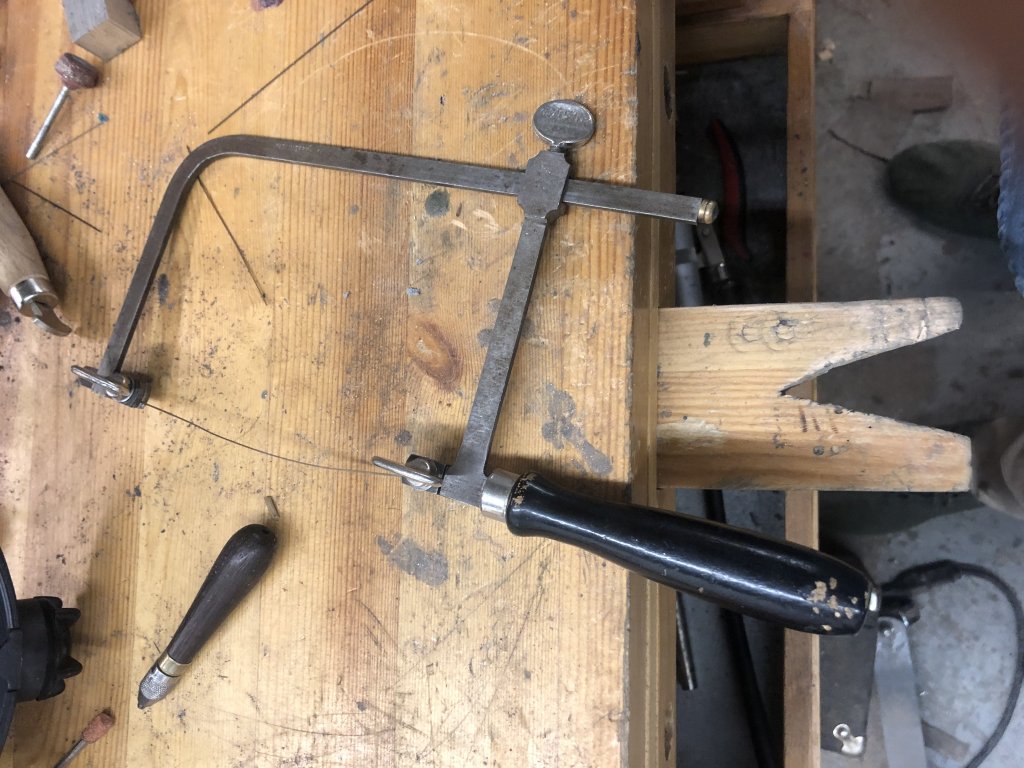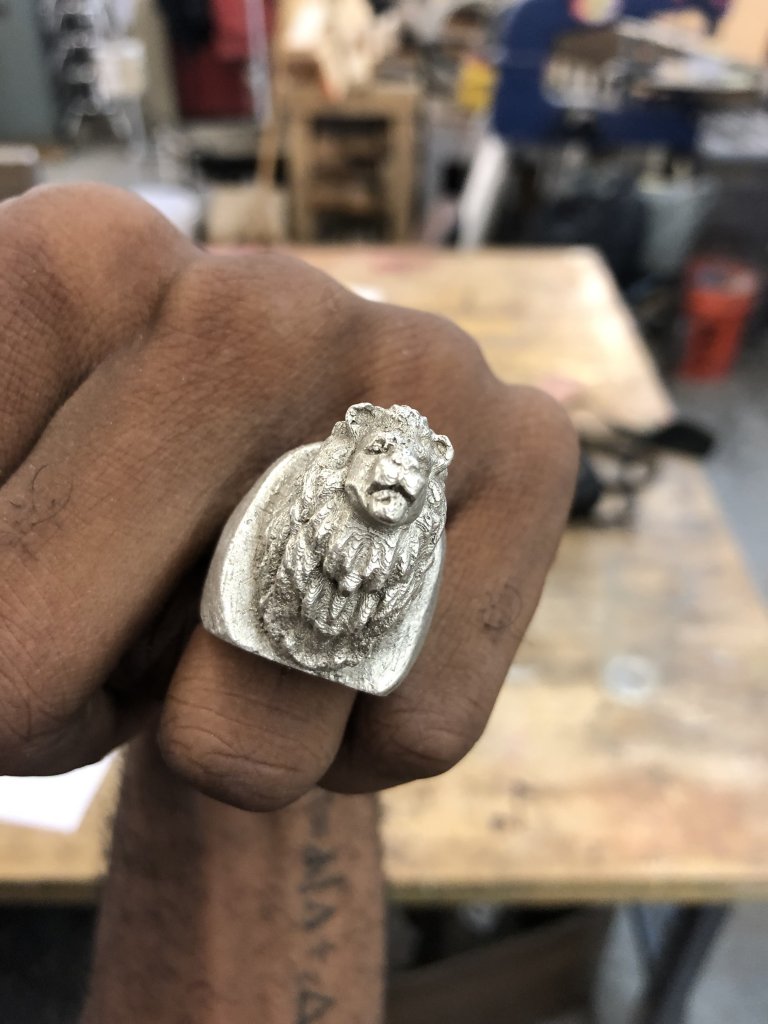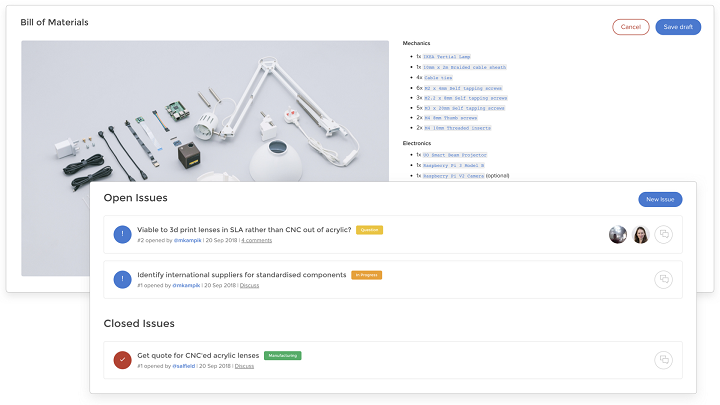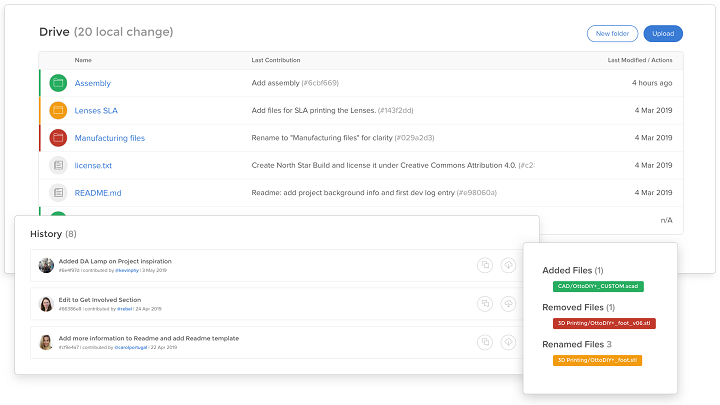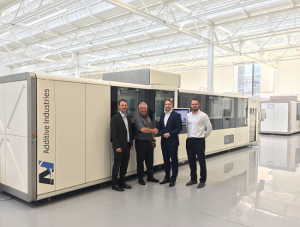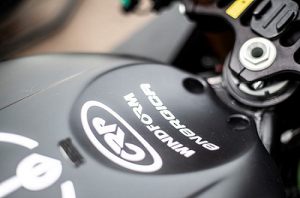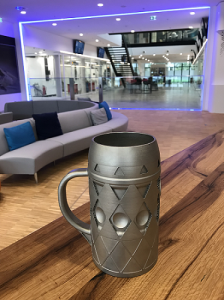Prototyping is a necessary stage in product development that can be time consuming and expensive for product designers, sometimes taking weeks-long chunks out of the development process. But as 3D printing technology has entered the scene, rapid prototyping has become its most popular application in all areas of design whether it be in jewelry, architecture or engineering, and more, because it facilitates the product design process considerably. Using 3D printing for rapid prototyping, designs can be tested and improved at a higher rate, therefore increasing production efficiency and cutting costs. Realistic iterations can be printed quickly for any stage of the design process, from a concept model to a functional prototype, and allow the designer to explore a physical piece to improve and avoid problems early on.
Want to learn more? Here are 10 ways rapid prototyping with 3D printing streamlines the design process:
1. Optimize The Design Using 3D Software
By creating the blueprints for the prototypes
and final design in 3D software, any edits or improvements to that design are
reflected accurately and promptly. The design can be visualized enough at this
initial stage to reduce any errors of communication and to make early
improvements that will save substantial time during the prototyping and
production stages. If the product or part requires customization, this design
can be revisited and expanded upon at any time.
2. Take Advantage of Form Freedom
3D design allows for the creation of complex geometries
that might not be as attainable in other processes. This allows for expanded
freedom in the design and the final shape of the product can only be limited by
the designer’s imagination. This flexibility makes it possible to produce a
professional proof of concept of innovative and original pieces without
sacrificing additional time or costs in the development process.
3. Save Time in Prototype Production
In traditional prototyping, the product designer or engineer would use materials such as cardboard, styrofoam or wood to create initial prototypes, then move on to creating functional prototypes using manufacturing processes typically used for finished products. This is often a costly and time-consuming process, and often not a practical use of resources when the product is still in the developing stages. With 3D printing, a prototype at any stage of the design process can be printed quickly and provide the exact information needed in that stage whether it is a proof of concept or a functional prototype. When developing a part, being able to reiterate quickly and affordably is crucial, and 3D printing facilitates that need for all stages of prototyping.
4. Save on or Eliminate Tooling Costs
3D Printing acts as an all-in-one production method for low-volume production and for rapid prototyping. The technology eliminates the need to gather other manufacturing components or machines. Manufacturing methods like injection molding are much more costly to set up, especially for small quantities, and make creating custom prototypes very expensive and time consuming.
5. Create More Time for Designing and Customizing
Instead of having to wait weeks for a prototype
to be constructed by hand or for a mold to be made, prototypes can be 3D
printed in a matter of hours or days depending on its size. It allows for
mistakes to be fixed more quickly and for the design to evolve at a much higher
rate, leaving more time for further innovation, customization or moving on to
the next design.
6. Save Time Communicating Ideas and Information
When a product or part is being developed, it is extremely important to be able to communicate without misinterpretation and to leave as little to the imagination as possible when discussing with a client or any other involved parties. 3D printed prototypes look more professional and can communicate details better than a 2D drawing. This enables more viable and specific feedback for revisions to be made quickly and efficiently. The better the level of information in prototyping stages, the better the final product.
7. Choose from a Wide Range of Materials Depending on Each Iteration’s Purpose
Different materials can be used based on different prototyping stages to illustrate or explore the integrity of the design. Early iterations can be printed in more affordable plastics such as our Versatile Plastic, while later, more refined versions can be printed in different materials to fit the specific needs or testing requirements of the product. Many of our materials are end-use ready, saving you the need to look for a manufacturer once the product is market ready.
8. Minimize Material Usage Where Possible
In initial stages of prototyping different printing methods can be used to save on materials. If a version of a prototype is meant to show the shape alone, for example, it can be scaled down and hollowed out. Lattice or honeycomb designs can be used for surfaces to cut down on materials and costs while still communicating key information about the part or product. The on-demand nature of 3D printing eliminates material waste during the prototyping stages.
9. Use 3D Printing Services for Prototyping
You can save a lot of money on equipment start-up costs by working with 3D printing services like Shapeways. By printing with a specialized service you do not need to own any printers or materials, your model will be reviewed by engineers before they are printed, eliminating trials and errors encountered when using your own machine. You are guaranteed a high level of quality control, the use of industrial-grade printers and should you need technical assistance, your inquiries will be answered by experts in the 3D printing space.
10. Use Realistic Prototypes for Marketing and Sales Needs
Once the final design has been revised and refined to satisfaction, realistic prototypes can be used to get a head start on marketing and sales promotions. A visual model of the product can be used before money is spent on manufacturing to test with potential customers, for use on a sales floor or to send your products to beta testers to help validate the design.
3D printing is a crucial tool for designers to facilitate a more efficient prototyping process. It saves time and money and also generates a higher level of design freedom, and improves communication with clients and prospective customers. By making the prototyping process faster and without sacrificing on quality, this helps design innovation maintain a competitive edge.
Ready to start prototyping your next idea, part or product with Shapeways? Upload your design now or get in touch with our team to discuss your unique innovation.
The post 10 Reasons Product Designers Prototype With 3D Printing appeared first on Shapeways Blog.



